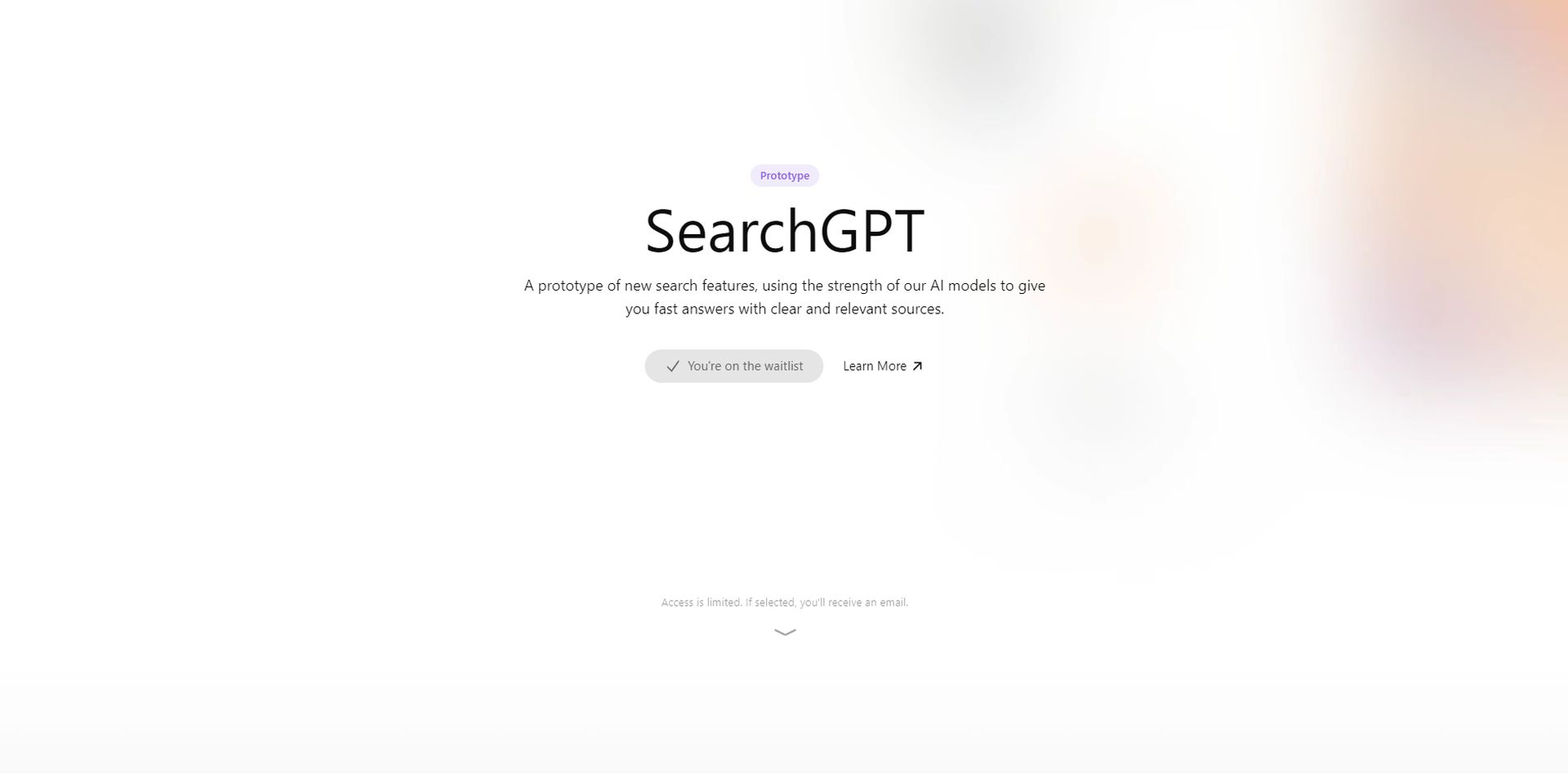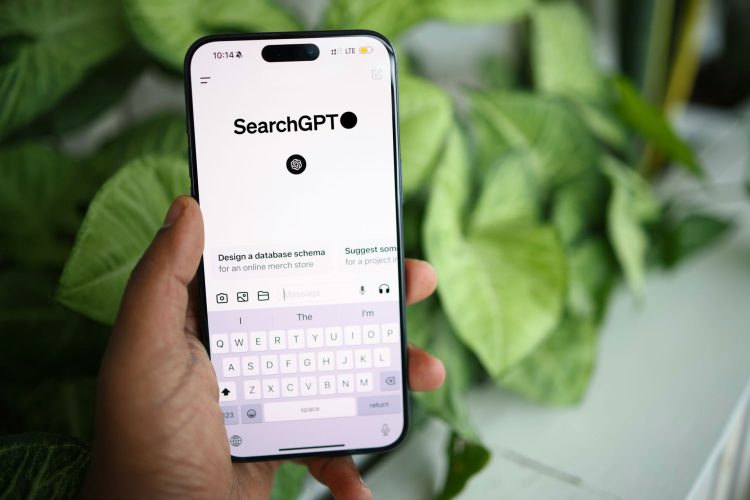The fuse has been lit, the OpenAI SearchGPT prototype has been announced. Bing was announced yesterday. Microsoft, what are you doing? We are going to include artificial intelligence in search engines.
As it stands, the OpenAI SearchGPT prototype is no ordinary search engine. This innovative tool offers users more than just a list of links. Instead, it organizes and summarizes information from across the internet to provide concise answers to your questions. The OpenAI SearchGPT prototype uses advanced artificial intelligence models to understand and answer user queries more humanly. So how is it different from ChatGPT then?
What is the OpenAI SearchGPT prototype?
The OpenAI SearchGPT prototype starts with a simple question: “What are you looking for?” What happens next is not what we are used to from Google Search. Unlike traditional search engines, it doesn’t just spit out a bunch of links. Instead, it tries to make sense of the information it finds and get you answers as if you were asking a friend about a situation (problem, conversation).
For example, if you’re interested in music festivals, the OpenAI SearchGPT prototype may provide an overview of what’s going on in the festival scene, followed by summaries of individual events. Each piece of information includes a link to its source, allowing you to simply browse to the appropriate website if desired.
The OpenAI SearchGPT prototype also allows follow-up questions. This feature makes the search process more of a conversation, helping users refine their queries and find exactly what they are looking for.
How to use OpenAI SearchGPT prototype
The OpenAI SearchGPT prototype builds on the GPT-4 family of models. If you’re not familiar with them, these are among the most advanced AI language models available today. It will enable the search engine to understand complex queries and provide detailed, relevant answers.
OpenAI works with various partners to build the search results. They use direct content feeds and collaborate with news organizations to ensure that the information provided is accurate and up-to-date. So can we use it now? Unfortunately no, but don’t worry, you can get into Beta by signing up for Waitlist.
How to join the OpenAI SearchGPT prototype waitlist?
Let’s start to explain it simply for you:
- First, go to the ChatGPT site and log in.
- If you don’t have an account, you can easily sign in with your Microsoft or Google account.
- Then go to OpenAI Search prototype or click here to open the web page.
- You will see a box for the waitlist. All you have to do is press it.
- After that, all you have to do is wait and check your mail. If you are lucky, you can take part in the beta version.

Now that we have answered the how question, we can move on to the features. One interesting feature of the OpenAI SearchGPT prototype is how it handles content from publishers. The company has stated that publishers will have control over how their content appears in search results. They can choose not to have their content, which is used to train OpenAI’s models, included in the search results. OpenAI’s CEO Sam Altman shared the following post on X:
we think there is room to make search much better than it is today.
we are launching a new prototype called SearchGPT: https://t.co/A28Y03X1So
we will learn from the prototype, make it better, and then integrate the tech into ChatGPT to make it real-time and maximally helpful.
— Sam Altman (@sama) July 25, 2024
Right now, the OpenAI SearchGPT prototype is in its early stages. It’s only available to a limited number of test users. However, OpenAI has big plans for this technology. They aim to eventually integrate these search features directly into ChatGPT, their popular AI chatbot.
As you know, Microsoft is both a financial supporter of OpenAI and its content. Just ahead of the OpenAI SearchGPT prototype announcement, Bing generative search was announced. It looks like Microsoft is planning something and targeting a giant like Google.
Featured image credit: Solen Feyissa / Unsplash





